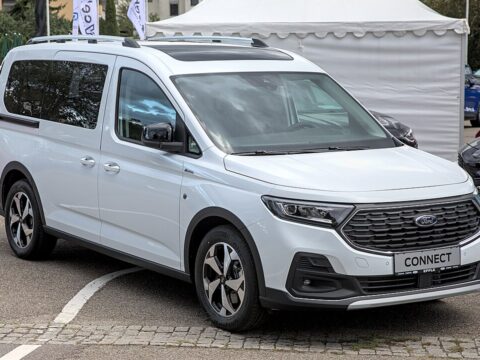Across the broad sweep of automotive history, American car designs have consistently led the way, blending bold innovation with cutting-edge technology to make a lasting impact on global culture. From sleek silhouettes to powerful engines, the most daring American cars have not only pushed technological limits but also captured the essence of their times. Dive into iconic models that have redefined automotive trends with pioneering aesthetics and engineering, each embodying a story of ambition and excellence throughout a century of American design innovation.
Contents
Chevrolet Corvette Sting Ray (1963)
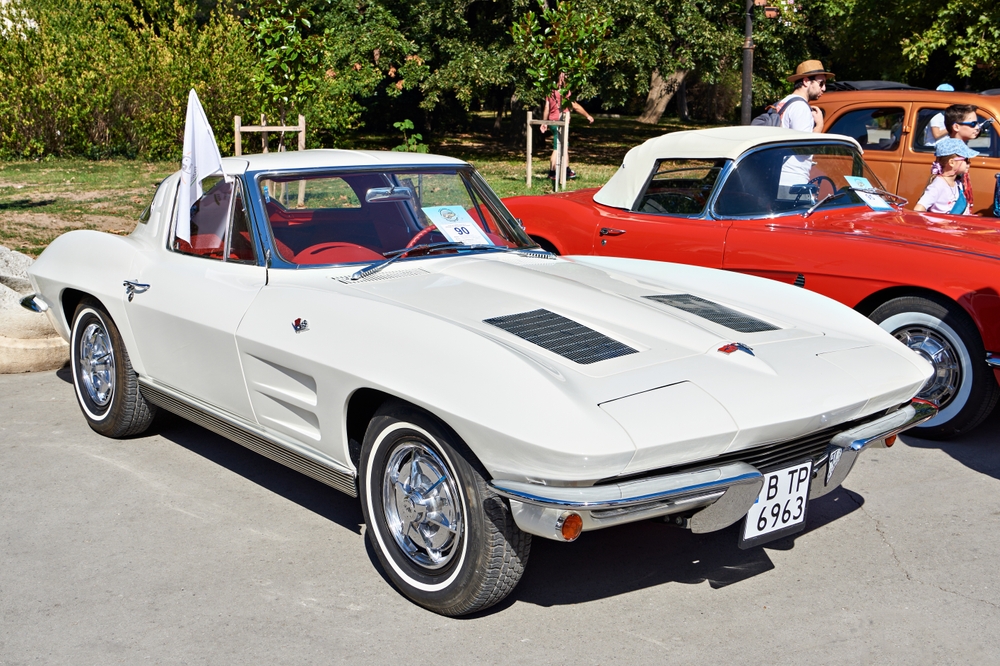
The 1963 Chevrolet Corvette Sting Ray is iconic for its split rear window, a feature unique to this year. Its design, influenced by a Mako shark caught by the Corvette’s chief designer, featured a streamlined shape that not only looked aggressive but also enhanced aerodynamics. This model set a new standard for sports car design in America with its dramatic styling and performance capabilities.
Tesla Cybertruck (2022)
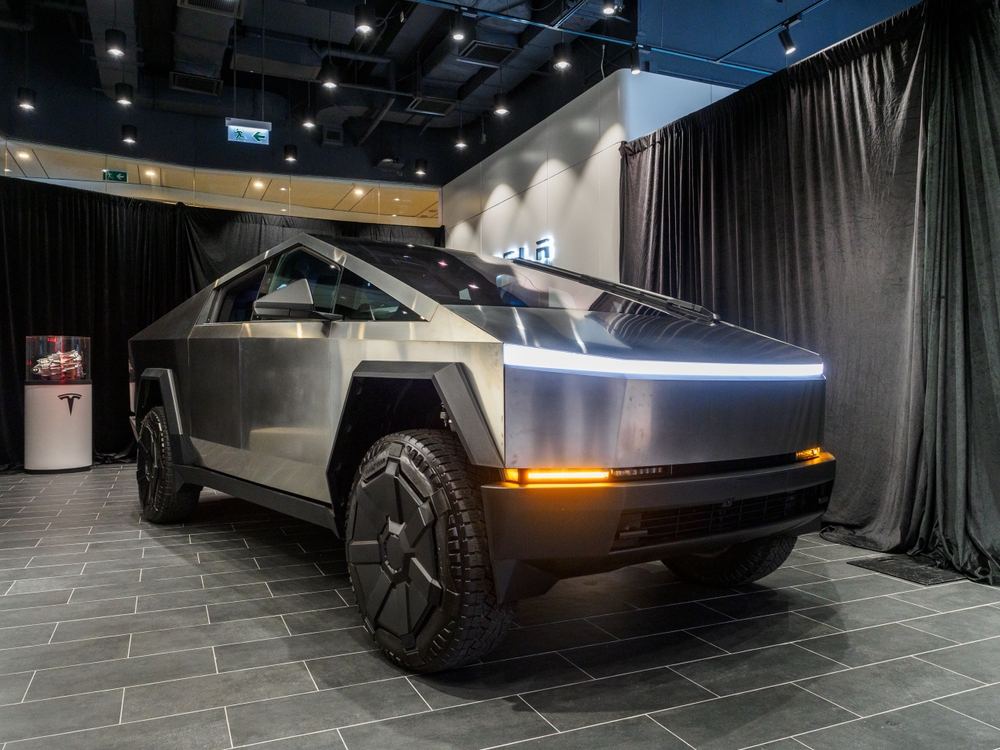
The Tesla Cybertruck breaks all conventional norms with its angular, almost brutal design that makes it stand out in the truck market. Its stainless steel “exoskeleton” is both a structural component and a design statement, emphasizing durability and utility in a futuristic package. This design reflects a radical rethinking of what a pickup can be, combining sustainability with robust performance.
Pontiac GTO (1964)

The 1964 Pontiac GTO is often credited with starting the muscle car era. Its bold design featured a powerful, aggressive stance that was markedly different from other cars of its time. The GTO’s styling cues, like the stacked headlights and contoured hood, symbolized power and performance, making it an instant favorite among car enthusiasts.
Ford Mustang (1964)

The Ford Mustang introduced in 1964 created a new class of automobile known as the “pony car.” Its long hood and short deck proportions, combined with a sporty interior, became the blueprint for an entirely new category of youthful and affordable sports cars. The Mustang’s design appealed to a broad audience and became an enduring symbol of American culture.
Dodge Charger (1966)
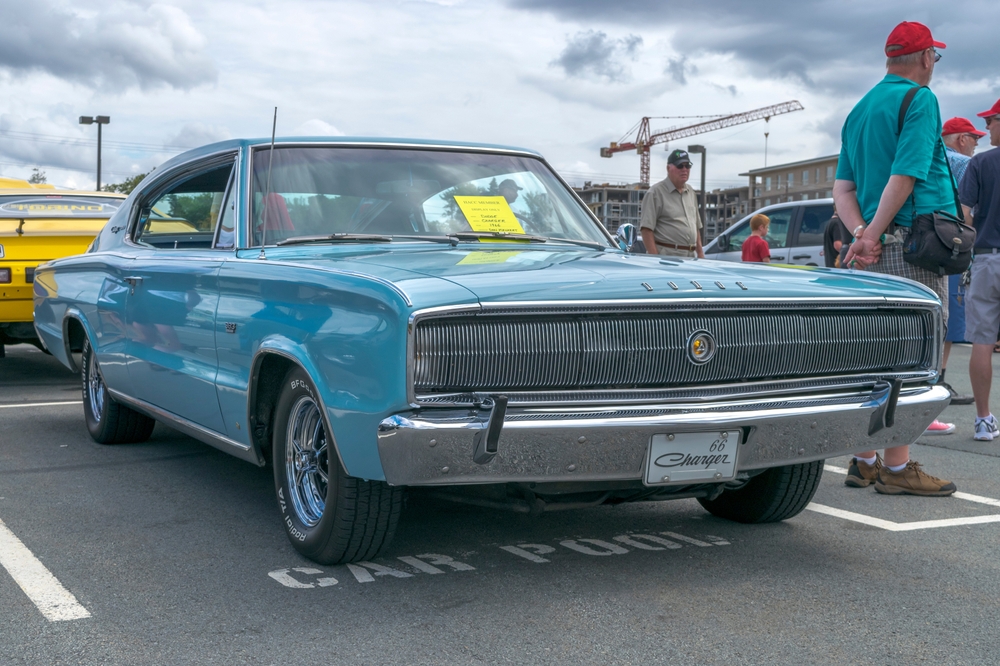
The 1966 Dodge Charger featured a fastback design that was distinctive and ahead of its time. Its full-width tail light and hidden headlights were innovative features that emphasized the Charger’s sleek, aggressive look. This model is a quintessential example of 1960s American muscle, known for its powerful performance and dramatic presence.
Ford GT40 (1964)
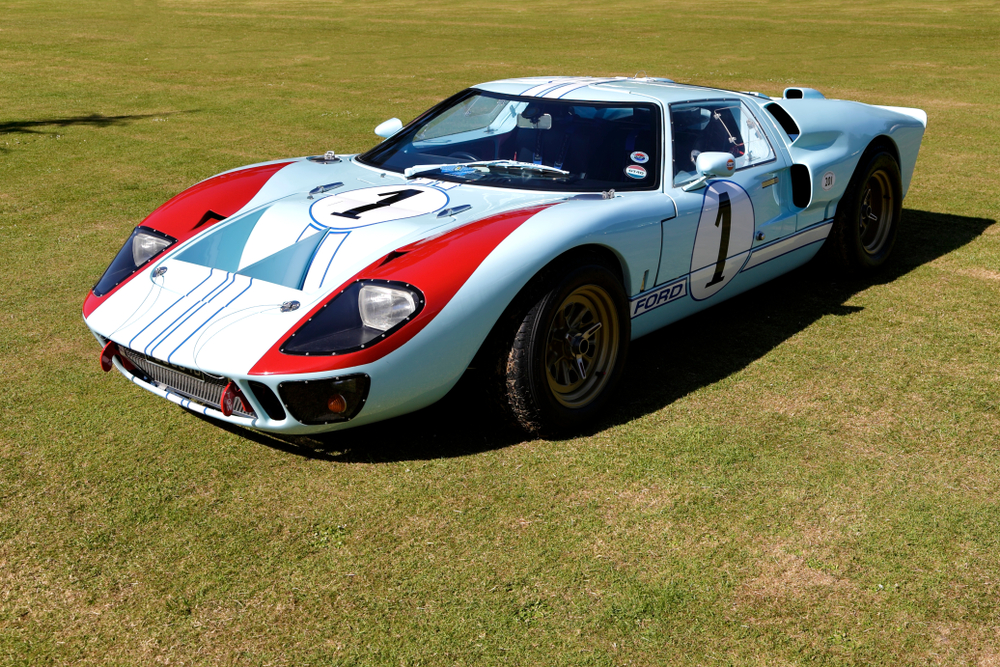
The Ford GT40 was designed with the specific goal of beating Ferrari at Le Mans, which it famously did four times in a row from 1966 to 1969. Its low-slung, aerodynamic body and high-performance engineering were groundbreaking, making it not only a racing legend but also a design icon.
Ford Thunderbird (1955)
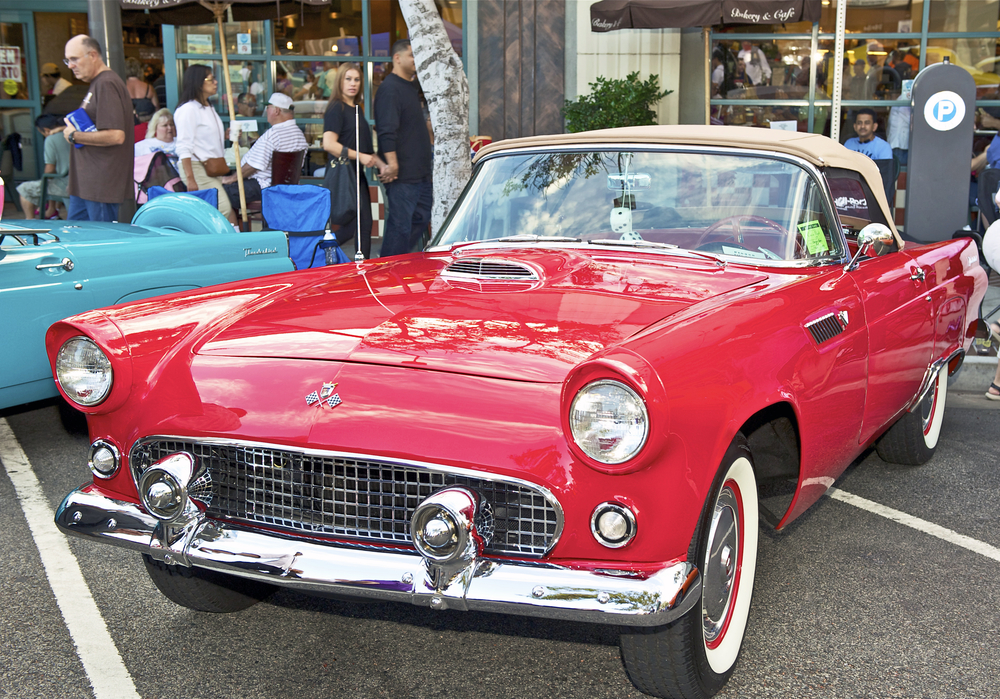
The 1955 Ford Thunderbird was introduced as a personal luxury car, a novel concept at the time. Its stylish design, featuring a two-seat convertible layout, was not only luxurious but also sporty. The Thunderbird became synonymous with 1950s American optimism and style, influencing future designs in the auto industry.
Ford Bronco (2021)
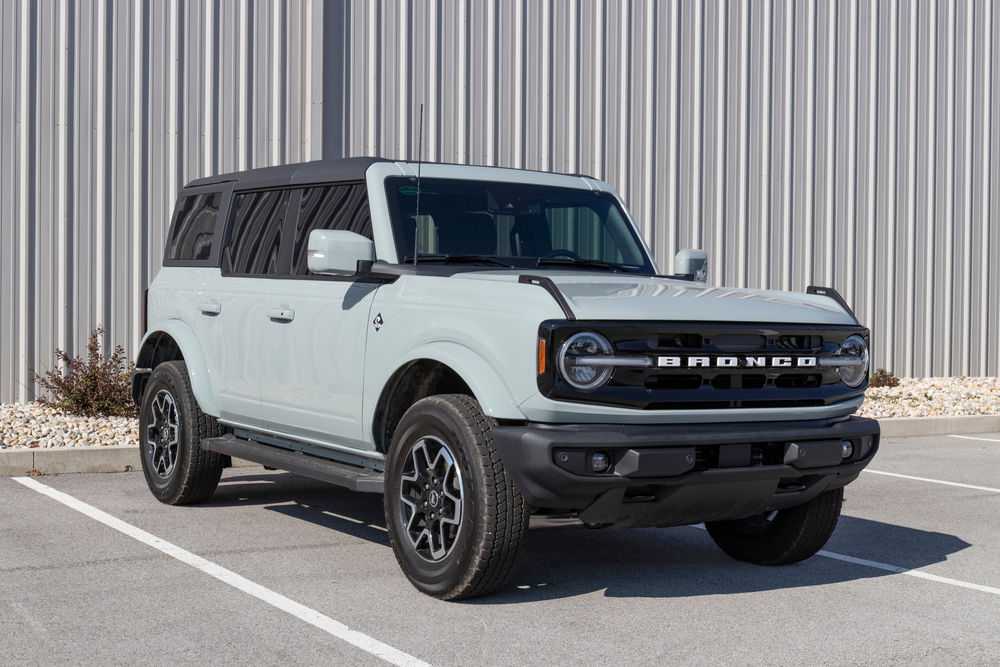
The redesigned Ford Bronco in 2021 pays homage to its 1960s roots with a boxy, rugged design that balances retro appeal with modern technology. Its modular body panels and off-road capabilities make it not only visually distinctive but also highly functional for outdoor enthusiasts.
Lincoln Continental (1961)

The 1961 Lincoln Continental was marked by its clean, uncluttered lines and the introduction of rear-hinged “suicide doors.” This design choice was not only stylistically bold but also practical, improving passenger access luxuriously. The Continental’s elegant simplicity and iconic silhouette made it a symbol of American luxury and presidential class.
Cadillac Eldorado (1959)

The 1959 Cadillac Eldorado is unforgettable for its extravagant tail fins and dual bullet taillights. These bold design elements epitomized the peak of American automotive excess and luxury, making the Eldorado a symbol of 1950s prosperity and dramatic design.
Chevrolet Bel Air (1957)
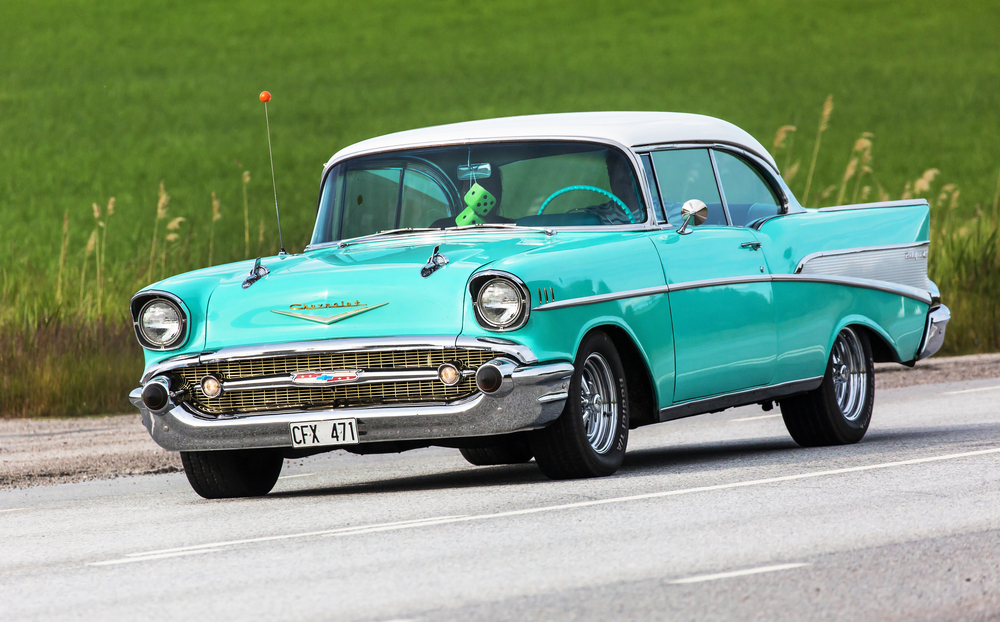
The 1957 Chevrolet Bel Air is an icon of its era with its tail fins and chrome details, capturing the spirit of the 1950s American optimism. Its distinctive design, including a front grille that resembled a Ferrari, made it a popular choice for consumers looking for both style and performance. The Bel Air remains a quintessential symbol of mid-century automotive design.
Chevrolet Impala (1958)
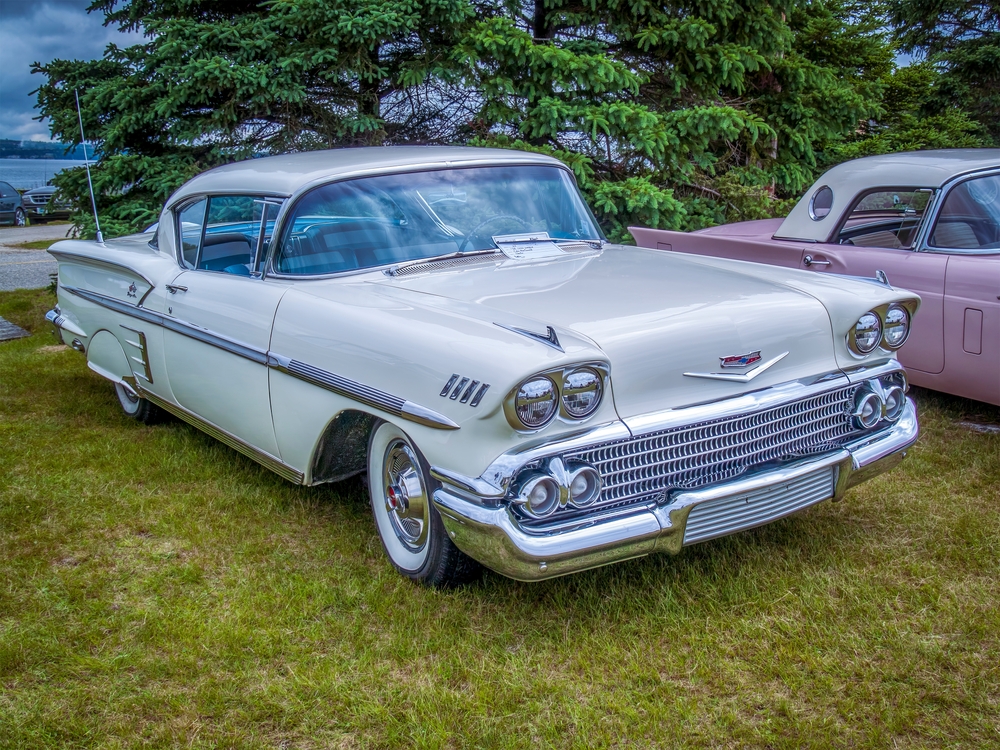
The 1958 Chevrolet Impala introduced key design elements that became synonymous with the late 50s luxury, such as the teardrop tail lights and a long, flowing roofline. It represented a peak in Chevrolet’s styling, with a level of detailing and a full-width grille that set new standards in automotive design.
Chevrolet Camaro (1967)

The first-generation Chevrolet Camaro, introduced in 1967, was designed as a competitor to the Ford Mustang. Its sporty and aggressive stance, defined by sharp, angular lines and a long hood, captured the essence of American muscle cars. The Camaro became an instant classic, symbolizing power and performance.
Studebaker Avanti (1963)
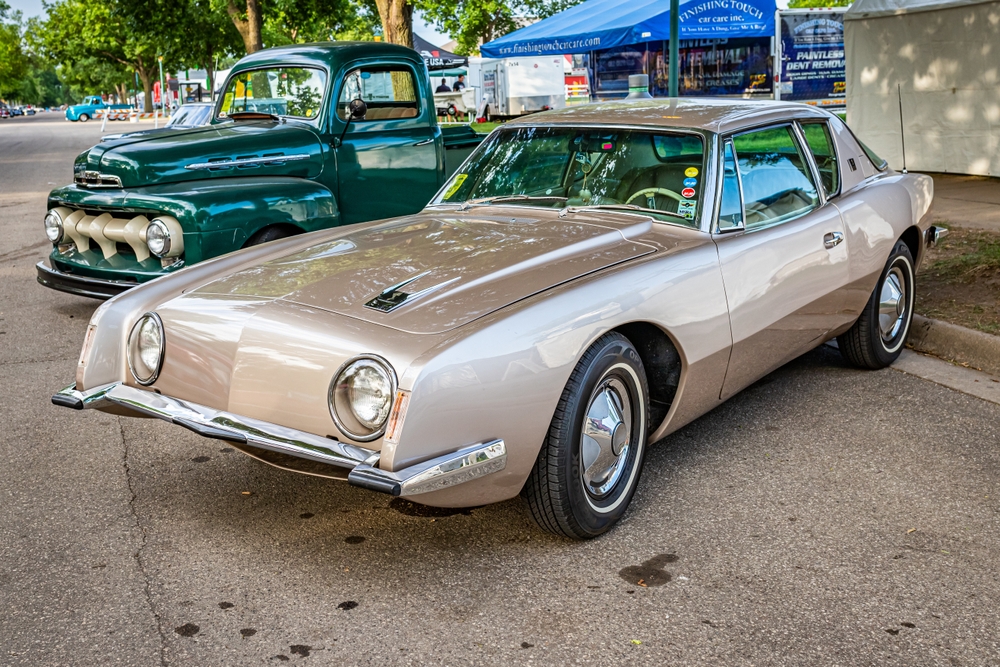
The Studebaker Avanti was ahead of its time with its avant-garde, minimalist styling that featured a smooth, almost undecorated exterior and a fiberglass body. Designed by Raymond Loewy, the Avanti was touted as “America’s only four-passenger high-performance personal car,” showcasing innovation in both design and material use.
Buick Riviera (1963)

The 1963 Buick Riviera was praised for its sleek and sophisticated design, which was seen as a departure from traditional American automotive styling. With its sharp lines and refined curves, the Riviera was positioned as a luxury coupe, offering both style and performance in a unique, personal luxury car.
Hummer H2 (2003)

The Hummer H2, with its military-inspired design and imposing size, was a statement of excess and power. Its design was both controversial and admired for its capability to stand out and offer unmatched road presence, embodying the ultimate in rugged luxury.
This article originally appeared on MyCarMakesNoise.
More from MyCarMakesNoise
10 Hidden Challenges of Owning a Muscle Car

With their roaring engines and iconic silhouettes, muscle cars are the poster children of a bygone era of raw power and unbridled passion. But beneath their shiny hoods and alluring exteriors lie stories untold—of quirks, kinks, and occasional hiccups. Read More
20 Questions You Need to Ask Your Car Dealer Before You Buy

Buying a car is a significant investment, and it’s crucial to gather as much information as possible before making a decision. To ensure you’re fully informed and confident with your purchase, here are essential questions to ask your car dealer. Read More
10 Surprising Ways Electric Car Production Hurts the Environment

Electric cars, often lauded as the vanguard of sustainable transportation, glide silently on our roads, promising a future with reduced carbon emissions. But beneath the hood of this eco-friendly promise lie complexities that many overlook. Read More

